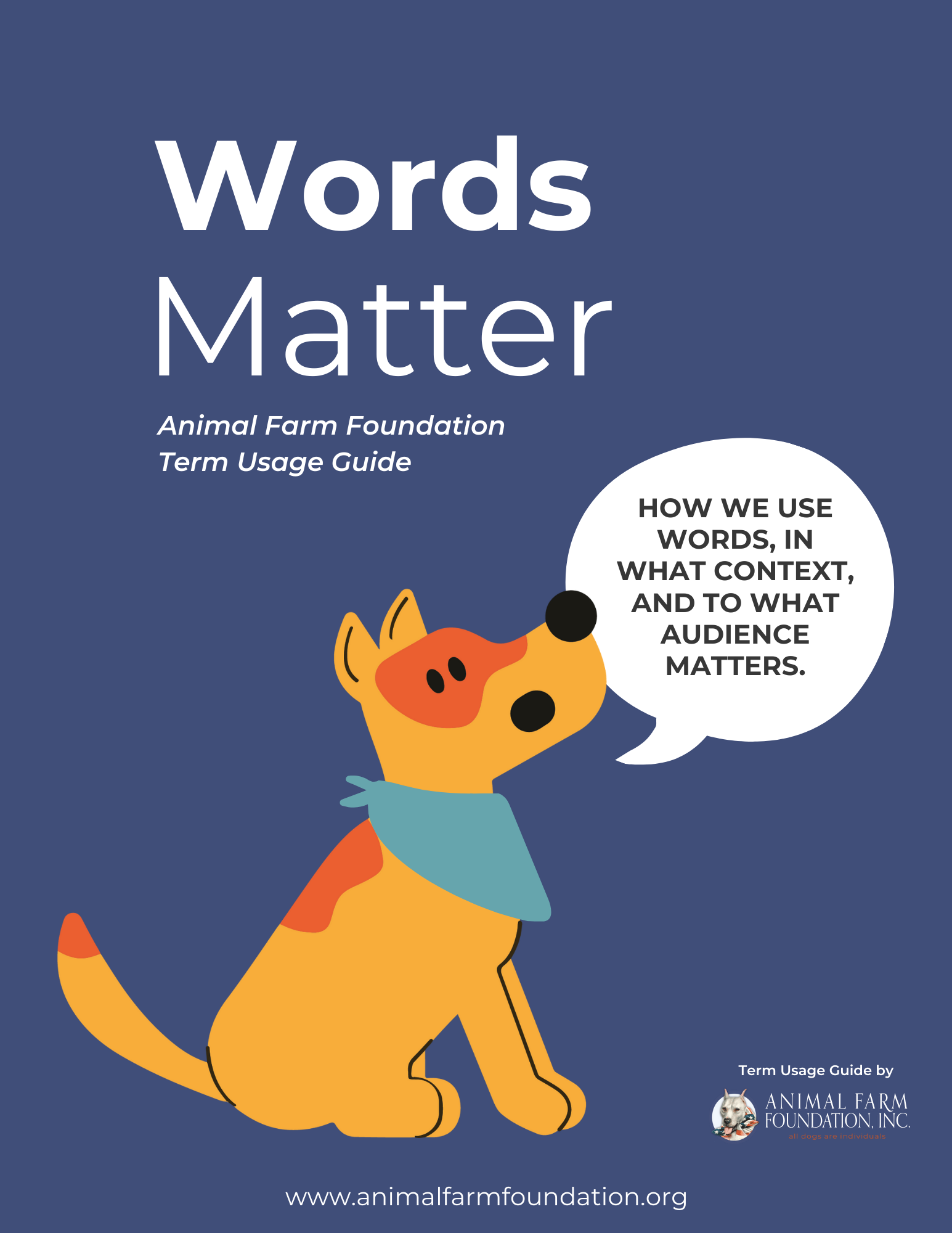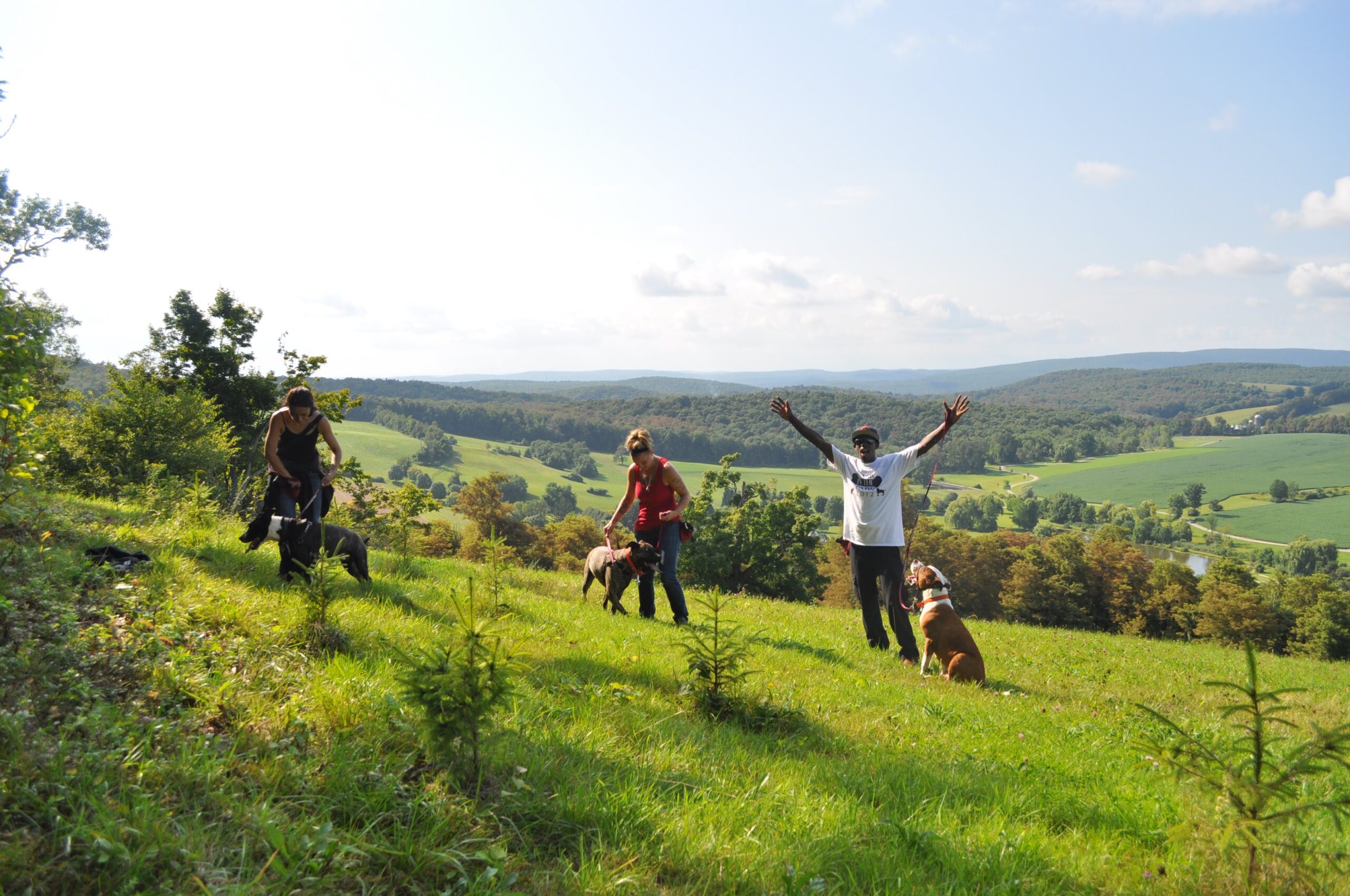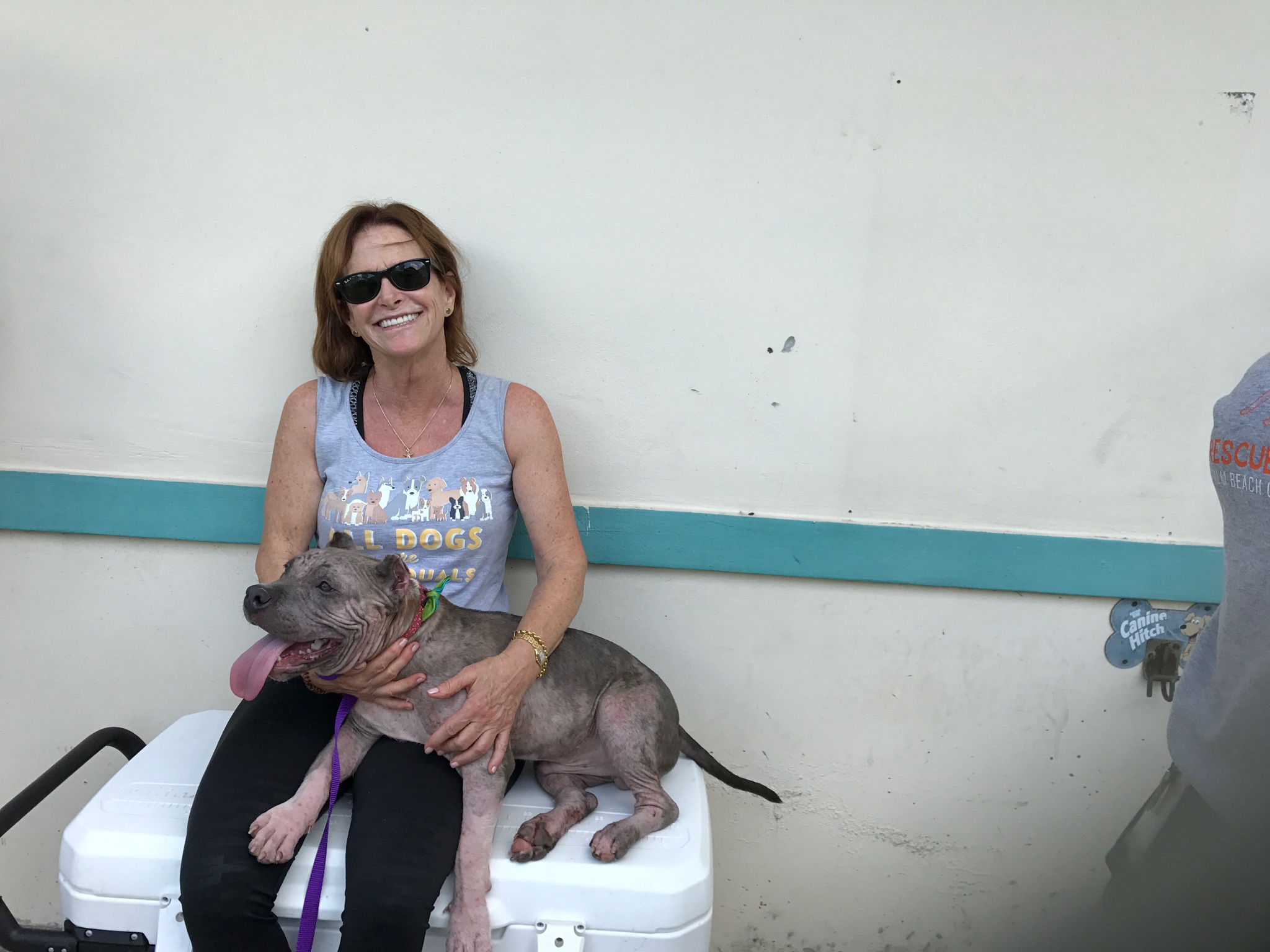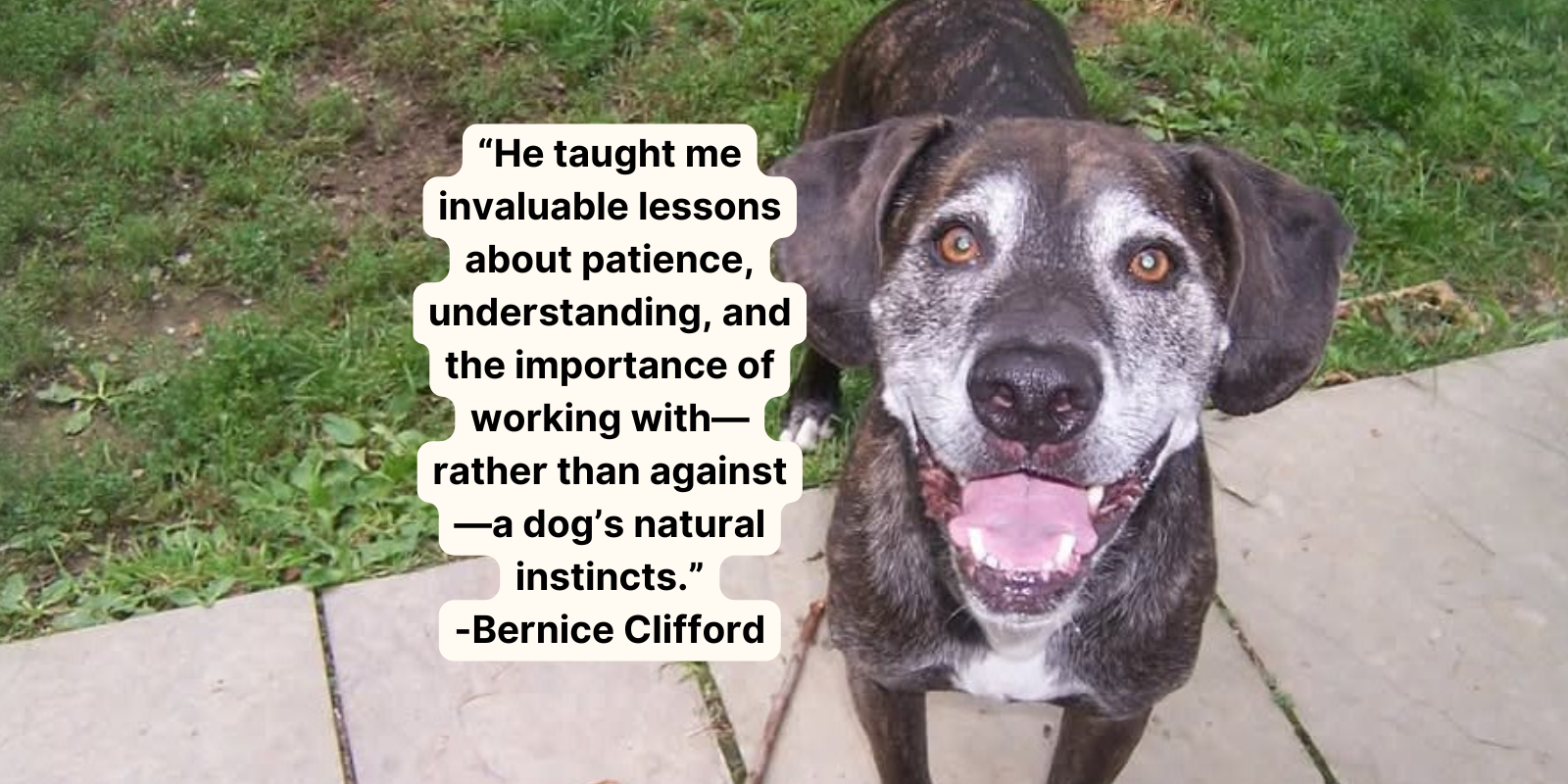You think your shelter is doing everything right. You’ve given all of your dogs cute names. You have an excellent social media presence. You’re doing great community outreach, but something weird is happening – your dogs aren’t flying out of their kennels to happy homes like they should be. Is it possible your adoption policies are turning adopters away?

Many shelters have seen an increase in adoptions since moving to a progressive open adoptions approach.
When your organization talks to potential adopters, either in person or in your advertising, do those conversations include a long list like this?
- No First Time Dog Owners
- Fenced Yard Required
- No Renters or Landlord Checks
- Home Checks
- Vet References
- Other Animals in the Home Up to Date with Vaccines and Neutered
- No Adopters Under 25
- No Cats
- No Dogs
- No Kids Under 10
- No Kids
Be honest, could you personally check off every item on this list? Guess what? Potential adopters can’t either – and they shouldn’t have to. With there being so many options for people to obtain their pets, i.e. friends, relatives, pet stores, and breeders, why should they jump through hoops to adopt from a shelter?

Blanket restrictions like these send negative messages about shelter dogs and reinforce the stereotype that shelter dogs are “damaged” or “difficult.” Blanket restrictions and policies also mean that you aren’t viewing each dog or adopter as an individual. We need to stop making general assumptions about who all dogs and adopters are. We need to look at both as individuals.
Some dogs may do better with a fenced in yard, but do they really require one? Shelters tend to put restrictions like no first time dog owner, no kids, and no one under 25 on dogs because someone down the line thought there was a liability issue or that someone was too young to adopt a dog, The reality is that those restrictions are often based on false pretenses.

Instead of looking at certain situations as problems, look at them as opportunities. Let’s say a potential adopter has a dog in their home who isn’t up to date with vaccines? Your instinct might be to deny them an adoption, but what if you turned this “problem” around and used it as an opportunity to share information about veterinary care? Another thing to consider is that the adopter you turned away is likely going to find an animal elsewhere. By sharing information, you might keep this from happening.
As another example, look at the “fenced yard required” restriction. This rules out most apartment and condo dwellers, unless they live on the first floor and are lucky enough to have a bit of a yard. Here’s the thing about that though – let’s say you think a dog needs a yard due to the amount of exercise they require. What if someone lives in an apartment, is an avid runner and plans on taking their dog with them on daily runs? Conversely, what if someone has a fenced yard, but only plans on letting their dog out for a total of 20 minutes a day?

Plus, a fenced yard is no guarantee that a dog will get exercise. It’s not as if the yard exercises the dog! Typically, people without fenced yards leash walk their dogs more often and those dogs get more outside socialization.
Your restrictions immediately deem the apartment dwelling, exercise loving person as an undesirable adopter.
Moreover, if you have restrictions tied to certain “breeds” of dogs or require breed experiences adopters you are creating a whole other set of barriers for your adopters to qualify for.

If you need help putting together an option adoption program, the Humane Society of the United States has put together an in depth guide on how to take a more “adopters welcome” approach.
Instead of blanket restrictions, set up your dogs for success by communicating positive messaging that conveys a dog’s individuality. Because physical appearance is not an indicator of behavior, the only way to determine a dog’s special needs, if any, is getting to know who that dog is as an individual. It’s also important to remember that behavior is situational and the way a dog behaves in a shelter may not transfer into the home. This is why foster programs are so important.
To sum up, blanket restrictions, in any form, may be turning away an entire pool of really amazing adopters.
Our Adoption Best Practices ebook has more details on how to evaluate dogs and adopters as individuals, create positive messaging, and have more successful adoptions.






